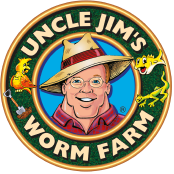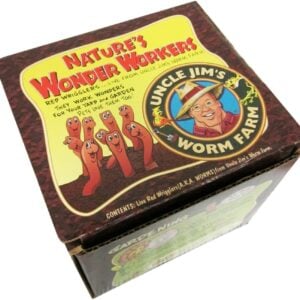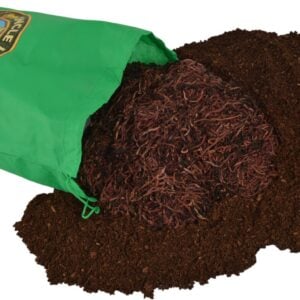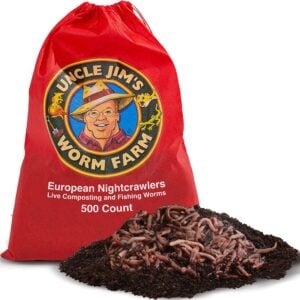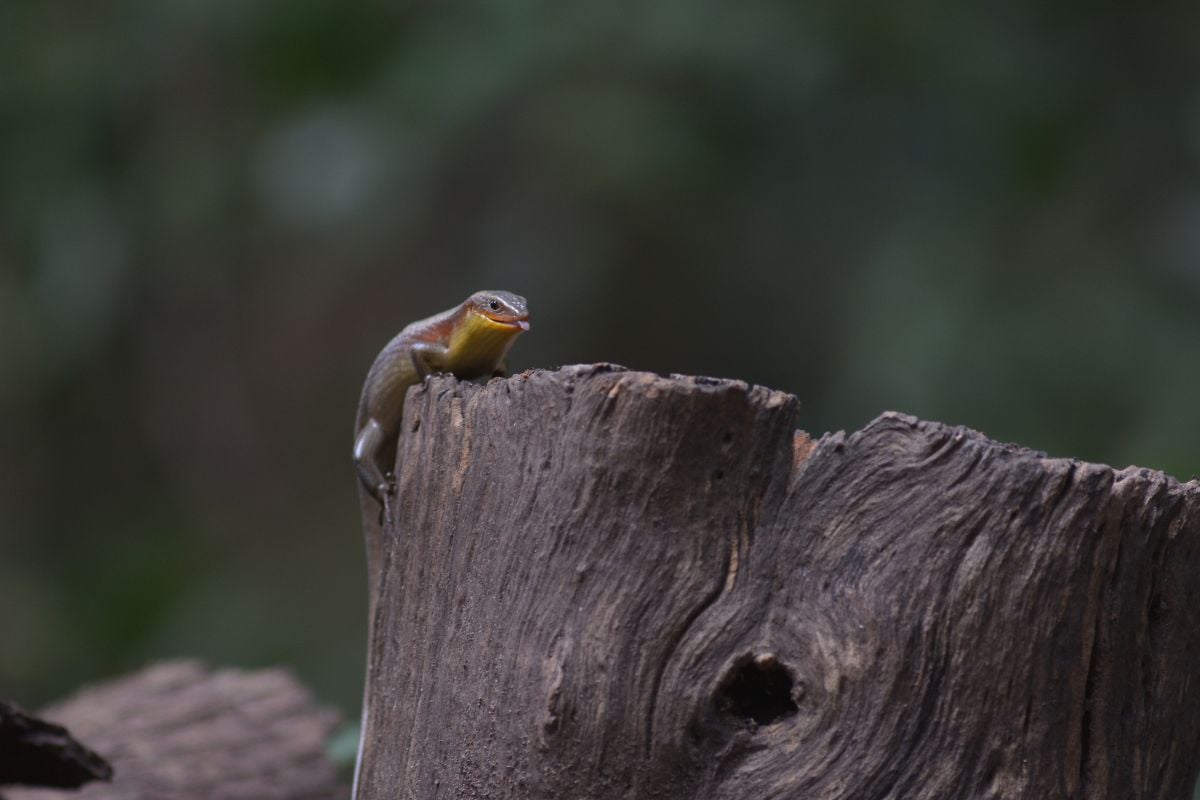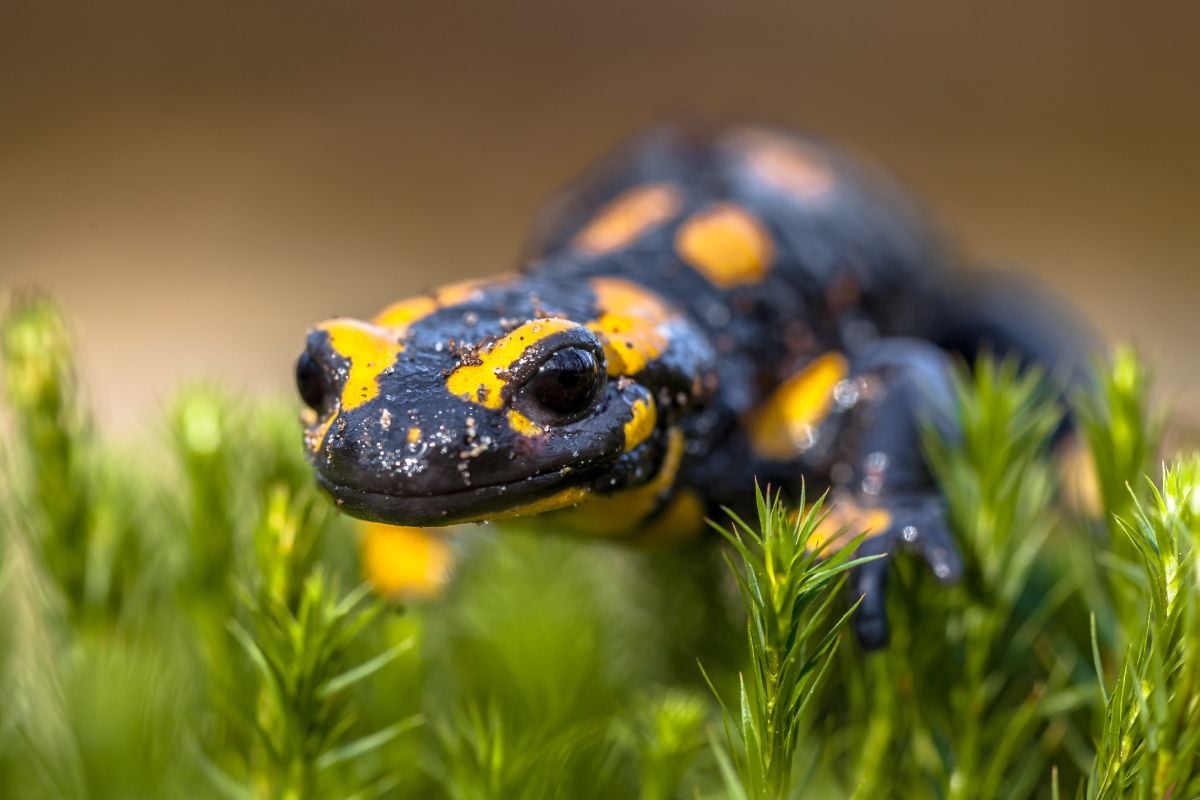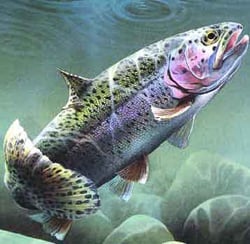 Being prepared for tough economic times seems like a popular topic these days. One of the concerns a lot of people have is food prices and availability.
Being prepared for tough economic times seems like a popular topic these days. One of the concerns a lot of people have is food prices and availability.
What happens before every hurricane, earthquake and tornado warning? People flood the grocery stores and buy up all the food. Shelves can remain empty for weeks until new shipments come in and shelves are restocked.
How will you get your proteins when you need them and they’re not available at the store? Not everyone has the real estate or ability to raise cows, chickens or crops.
A Possible, Even Likely Alternative To Meat
One good, sustainable way of growing your own source of edible protein is to start a mealworm farm.
Mealworms are regarded as a possible candidate as the futrure alternative to meat. Why mealworms?
- They are highly nutritional. They are comprised of about 25% of protein and 12% fat.
- They aren’t bad tasting! In fact, there are many recipes out there for meal worm french fries, mealworm banana bread, oven-roasted meal worms that taste like roasted nuts, and they make a terrific garnish. Apparently, they are delicious sprinkled on a soup or covered in chocolate. They can be your main meal, a side dish, or dessert! Can’t beat that!
- They’re more environmentally friendly than cows, pork and chicken. This criteria was judged in terms of land usage, energy needs and greenhouse gas emissions. Mealworms only require 10 percent of the land that is used for the production of beef for the same amount of protein. According to one study in the journal PLoS One, mealworm farming is a more efficient way to get edible protein compared to other farming methods because mealworm farming gives you more protein per land acre and requires less energy to sustain the operation.
What Must Happen?
In order for mealworms to really shine as the clear alternative to animal meat, new technology and further experimentation with mealworm farming would need to take place. One study by Oonicx and de Boer has already shown the advantages of using mealworms over meat for edible protein, but there would have to be more evidence. This is especially true considering that chicken and pig farmers tend to improve their productivity by approximately 2.3 percent every year. With traditional edible protein farming/ranching methods showing more automation, refinement and efficiency each year, it’s imperative that more mealworm studies be done soon!
If you are interested in securing your future by having a mealworm farm, then contact us today to find out how you can get started. We offer
mealworms at an incredibly low rate and ship free! Check out our mealworms today!
Uncle Jim’s Worm Farm is a vermicomposting company specializing in the
redworm for gardeners and plant lovers. The above image is not our own.
Image courtesy of www.flickr.com
 Being prepared for tough economic times seems like a popular topic these days. One of the concerns a lot of people have is food prices and availability.
Being prepared for tough economic times seems like a popular topic these days. One of the concerns a lot of people have is food prices and availability.